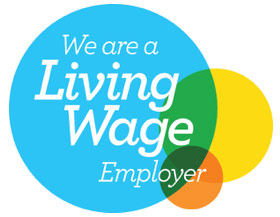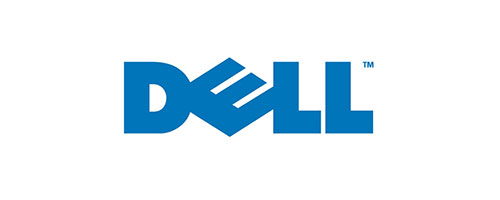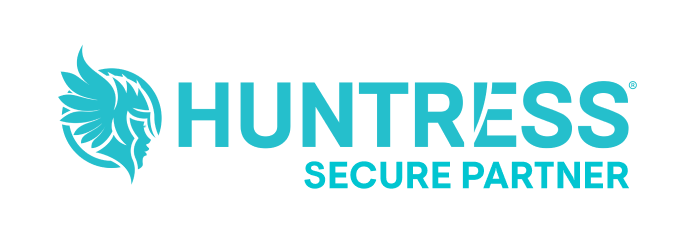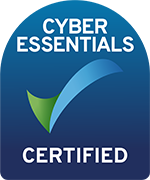
Multi-factor authentication is one of the most effective ways at preventing unauthorised access to your account. However, that doesn’t mean accounts protected with MFA are completely secure. Hackers have found a way around this security, and it involves taking advantage of your tiredness.
What is multi-factor authentication?
MFA, or multi-factor authentication, is a security feature that a range of accounts have in order to verify your identity. When you log into an account with an email address and a password, you’re prompted to provide another piece of information that is sent to a different device. This tends to be a code that is texted to your mobile phone, or a number that is available in an authenticator app. Sometimes, this can be a notification sent to your phone which you can approve or reject.
By requesting this additional piece of information, websites and apps can be sure that you’re the person attempting to log in. This is a great way of preventing malicious third parties or hackers from getting into your online accounts. Even if your email address and password is discovered through a hack (such as the M&S ransomware attack), or accidentally disclosed by the victim, perpetrators cannot access your accounts without the final piece of information. MFA adds another layer of protection.
What is a MFA fatigue attack?
A MFA fatigue attack is where a perpetrator attempts to gain access to the victim’s account or application with details that they have gained through another hack, that have then been sold on the dark web.
When this account has been protected with multi-factor authentication, the perpetrator sends request after request to log in, bombarding the victim’s phone with authentication requests. Eventually, either through exhaustion or error, the individual approves the request, and the perpetrator gains access to the account.
MFA fatigue attacks are incredibly easy to execute; it’s low cost to automate, which means instead of a hacker manually attempting the logins, the requests can be sent one after the other using a line or two of code.
MFA fatigue attacks are particularly effective when the request is to approve or reject a login; the victim isn’t required to add in a number or code, and instead just hit approve. When the requests come through to an authenticator app, the victim's response can be instinctual and they can approve the request out of habit.
How to protect yourself against MFA fatigue attacks
Making sure multi-factor authentication is turned on for all of your accounts and apps is one of the best ways to improve your online security. However, there are more things that you can do to protect yourself against MFA fatigue attacks.
Where possible, ensure that your MFA requires a code or number that you need to copy from your phone to the device that is logging in, instead of an approve/reject link. This means that it won’t be possible to accidentally approve a login request that hasn’t been sent by you.
Businesses can also consider setting limits on the amount of times a request to login can be sent before the account is locked. This way, employees are far less vulnerable to these kinds of attacks and are required to contact tech support, who can ensure the account is still secure.












